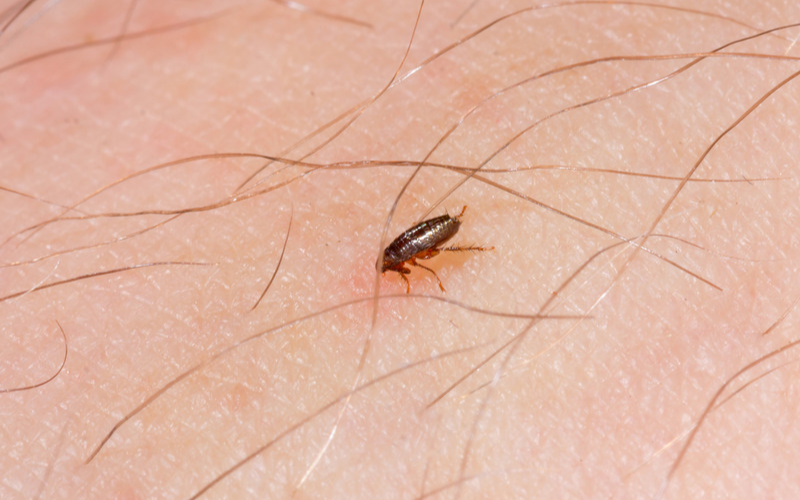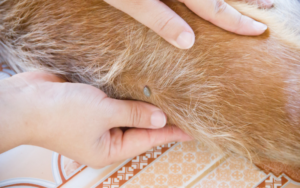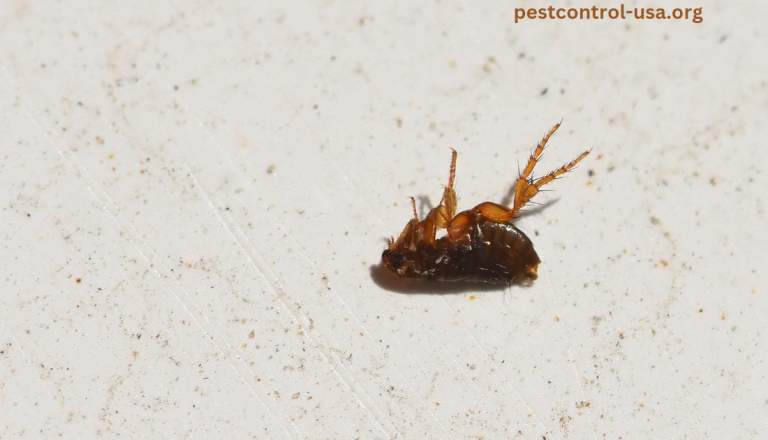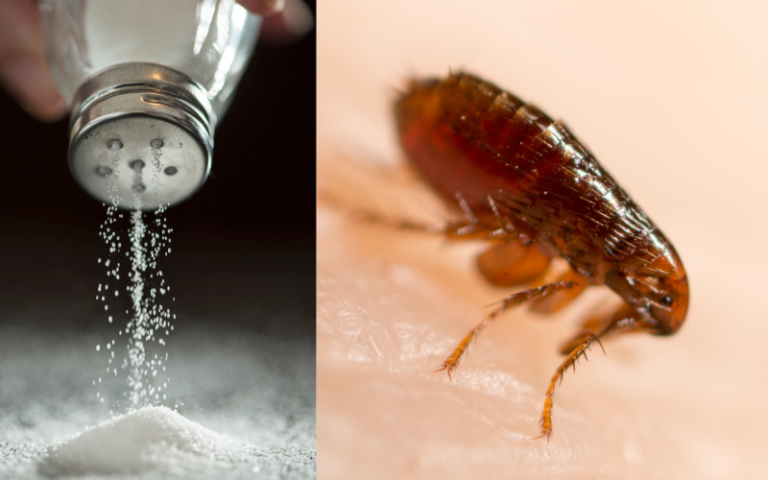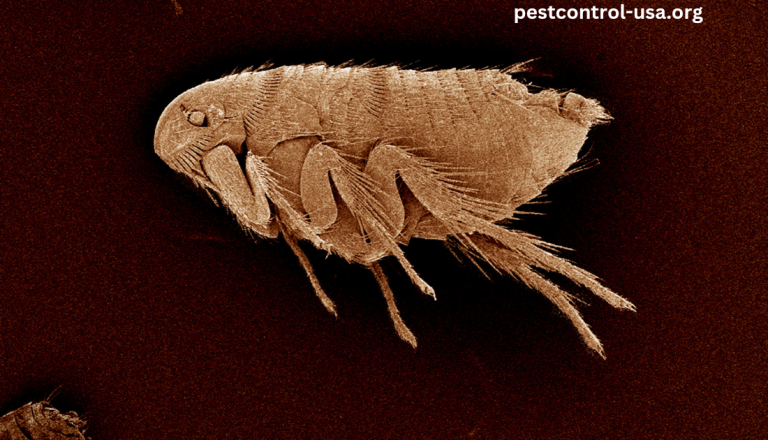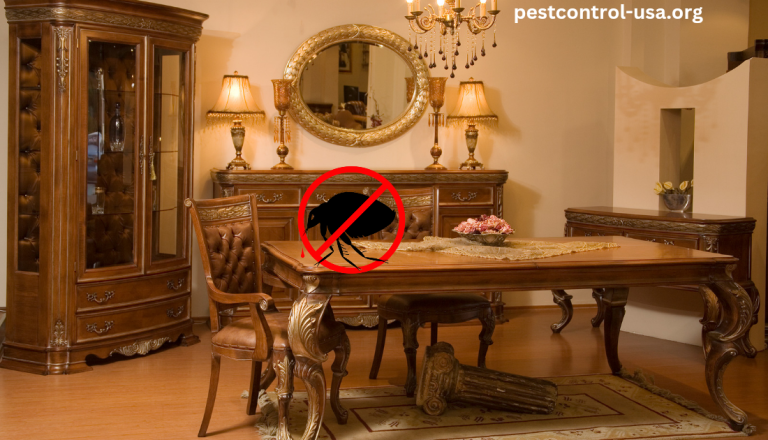Getting rid of fleas is important for several reasons. First, fleas can cause discomfort and irritation for both pets and humans. They can bite and feed on the skin, causing itching and redness.
Fleas are tiny, wingless insects that feed on the blood of humans and animals. They are known for their fast movement and ability to jump long distances, which helps them to quickly spread from one host to another. Fleas can be found on a variety of animals, including dogs, cats, rodents, and birds, and they can be transmitted from one animal to another through close contact. Fleas can also live in carpets, bedding, and other household items, making them a potential health hazard for humans as well.
Getting rid of fleas is important for several reasons. First, fleas can cause discomfort and irritation for both pets and humans. They can bite and feed on the skin, causing itching and redness. In severe cases, flea bites can lead to skin infections or other health problems. Additionally, fleas can carry and transmit diseases, such as tapeworms, which can be harmful to both pets and humans. Finally, a flea infestation can be a major nuisance, as it can be difficult to get rid of once it has taken hold. Therefore, it is important to take steps to prevent and treat flea infestations as soon as possible.
Identify the presence of fleas
-
Common signs of flea infestation
Common signs of a flea infestation include:
- Seeing fleas on your pets or in their fur.
- Finding small, dark specks (flea dirt) on your pets or in their bedding. Flea dirt is composed of dried blood and feces, and will turn reddish when wet.
- Noticing your pet scratching or biting at their skin more frequently than usual.
- Seeing fleas jumping around in your home, especially in areas where your pets spend a lot of time.
How to inspect for fleas
To inspect for fleas, you can do the following:
- Check your pets for fleas. Look for fleas or flea dirt on their fur, especially around the base of the tail, behind the ears, and on the stomach.
- Examine your pets’ bedding and any other areas where they spend a lot of time. Look for fleas or flea dirt on the surfaces and in the cracks and crevices.
- Use a flea comb to comb through your pet’s fur. This can help to remove fleas and eggs and make them easier to see.
- Place a white towel on the floor and have your pet lay on it. Then, inspect the towel for fleas or flea dirt.
- If you have an infestation, you may also see fleas jumping around in your home. Look for them in areas where your pets spend a lot of time, such as on the couch or in their bed.
Choose an appropriate treatment method
There are few methods by which you can get rid of fleas from your house. We will talk about two such methods.
Chemical Treatment
Chemical-based products such as sprays and shampoos are also available on the market for treating flea infestations. These products should always be used with caution since many contain harsh toxins which can be toxic to not only fleas but also humans and animals if they come into contact with it.
Natural Treatment
Natural remedies, such as diatomaceous earth and essential oils, have been found to be effective in eliminating fleas from your home. Diatomaceous earth is a naturally occurring powder made up of fossilized remains of microscopic creatures that can dry out the outer layer of an insect’s exoskeleton, killing them without the use of harsh chemicals. Essential oils like lavender and peppermint can also act as natural insect repellents and help discourage fleas from returning to the same living environment.
Things to Consider When Using a Treatment Method
When choosing a treatment method to get rid of fleas, there are a few key factors to consider:
Safety for pets: Some chemical treatments can be harmful to pets, especially if they are ingested or if a pet licks the treated area. It is important to follow the instructions on the product label carefully and to keep your pets away from treated areas until the product has dried. Non-chemical treatments, such as natural remedies and flea collars, may be safer for pets but may not be as effective at eliminating fleas.e
Effectiveness: Different treatment methods will have different levels of effectiveness at eliminating fleas. Chemical treatments tend to be more effective than non-chemical treatments, but they may have more side effects. It is important to choose a treatment that is effective at eliminating the fleas while also being safe for your pets.
Ease of use: Consider how easy the treatment is to apply and how often it needs to be applied. Some treatments may need to be reapplied more frequently than others, which can be inconvenient.
Cost: Different treatment methods will have different costs associated with them. Chemical treatments may be more expensive than non-chemical treatments, but they may also be more effective. Consider your budget when choosing a treatment method.
Treat the environment
Treating the environment is an important step in getting rid of fleas, as fleas can lay eggs in carpets, furniture, and other areas where your pets spend time. To treat the environment, you should:
Vacuum all areas where your pets spend time, including carpets, furniture, and pet bedding. Be sure to dispose of the vacuum bag immediately after use, as it may contain fleas and eggs.
Wash all bedding and other fabrics in hot water (at least 130 degrees Fahrenheit). This will help to kill any fleas or eggs that may be present.
Treat all areas where your pets spend time with a flea control product. This can include carpets, furniture, and any other surfaces where fleas may be present. Be sure to follow the instructions on the product label carefully and to keep your pets away from treated areas until the product has dried.
It is important to treat all areas where your pets spend time, as fleas can lay eggs in any location and these eggs can hatch into new fleas. By treating the environment and eliminating any potential breeding grounds, you can help to prevent future infestations.
Treat your pets
Treating your pets is an important step in getting rid of fleas and preventing future infestations. To treat your pets, you should:
Consult with a veterinarian for proper treatment. Your veterinarian will be able to recommend the best treatment option for your pet based on their age, breed, and overall health.
Use a flea preventive medication. There are several options available, including topical treatments, oral medications, and collars. Be sure to follow the instructions on the product label carefully and to reapply the treatment as directed.
Comb your pet regularly to remove fleas and eggs. Using a flea comb can help to remove fleas and eggs from your pet’s fur, which can help to reduce the overall number of fleas in your home. Be sure to dispose of any fleas or eggs that you find in the trash to prevent them from re-infesting your home.
It is important to treat your pets in order to eliminate any fleas that may be present and to prevent future infestations. By following these steps and consulting with a veterinarian, you can effectively get rid of fleas on your pets.
Follow up and prevent future infestations
To follow up and prevent future infestations of fleas, it is important to take the following steps:
Regularly vacuum and clean your home. Vacuuming helps to remove fleas, eggs, and larvae from carpets and furniture, and regular cleaning can help to prevent the buildup of debris that can attract fleas.
Use a flea preventive medication on your pets. There are several options available, including topical treatments, oral medications, and collars. Be sure to follow the instructions on the product label carefully and to reapply the treatment as directed.
Keep your yard free of debris and tall grass. Fleas can hide in debris and tall grass, so by keeping these areas clean and well-maintained, you can help to prevent fleas from taking up residence in your yard.
By following these steps, you can effectively prevent future infestations of fleas and keep your home and pets free from these pests. It is important to be consistent in your efforts, as fleas can reproduce quickly and can be difficult to eliminate once they become established.
Conclusion
In conclusion, getting rid of fleas involves a multi-faceted approach that includes identifying the presence of fleas, choosing an appropriate treatment method, treating the environment, treating your pets, and following up with prevention measures.
To get rid of fleas, you should first identify the presence of fleas by looking for common signs of infestation, such as fleas on your pets or in their fur, flea dirt, and increased scratching or biting. Once you have identified the presence of fleas, you should choose an appropriate treatment method based on considerations such as safety for pets, effectiveness, ease of use, and cost.
To treat the environment, you should vacuum all areas where your pets spend time and wash bedding and other fabrics in hot water. You should also treat all areas where your pets spend time with a flea control product. To treat your pets, you should consult with a veterinarian for proper treatment and use a flea preventive medication. You should also comb your pet regularly to remove fleas and eggs.
Finally, to follow up and prevent future infestations, you should regularly vacuum and clean your home, use a flea preventive medication on your pets, and keep your yard free of debris and tall grass. By following these steps and being consistent in your efforts, you can effectively get rid of fleas and prevent future infestations.

